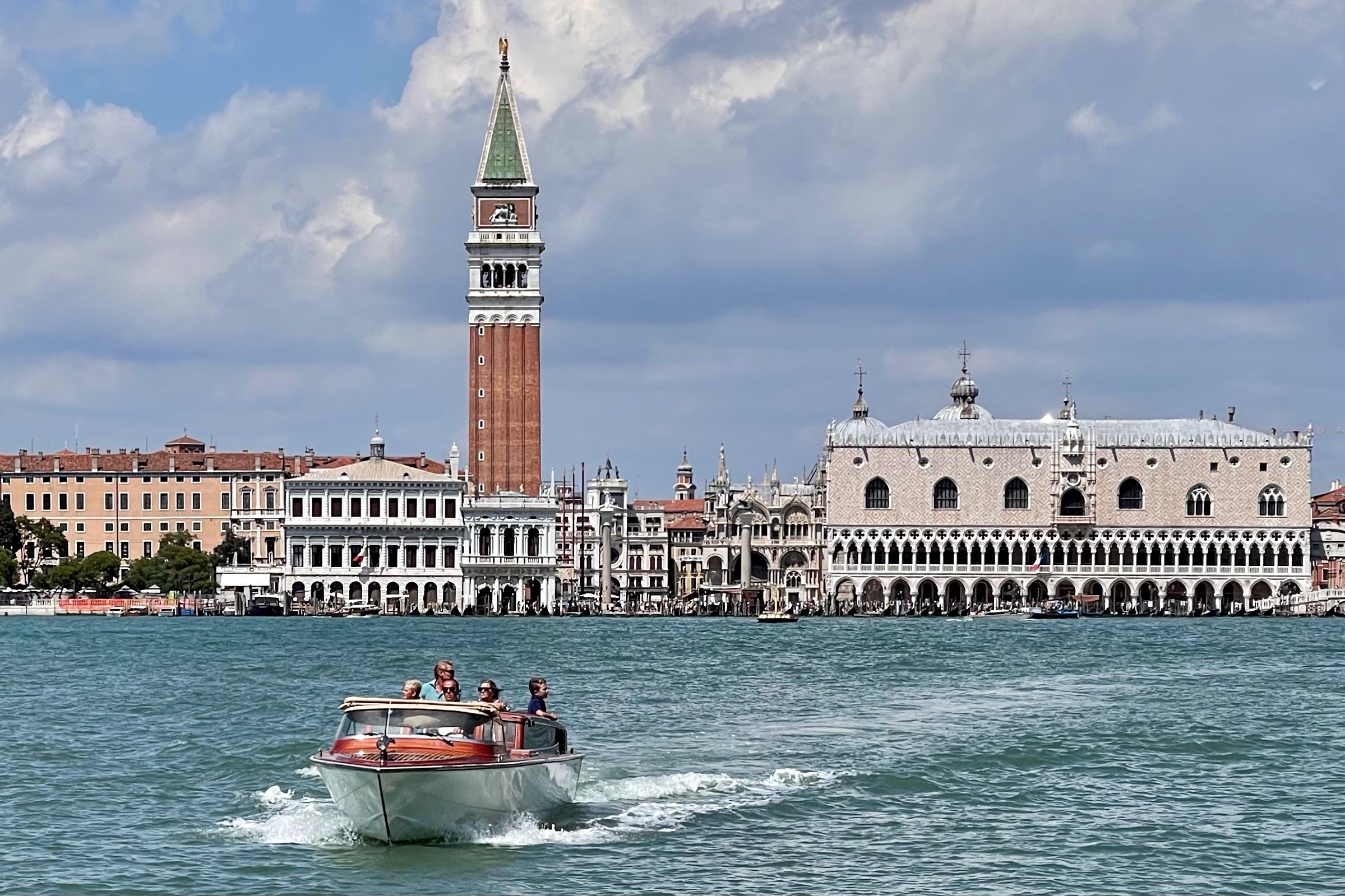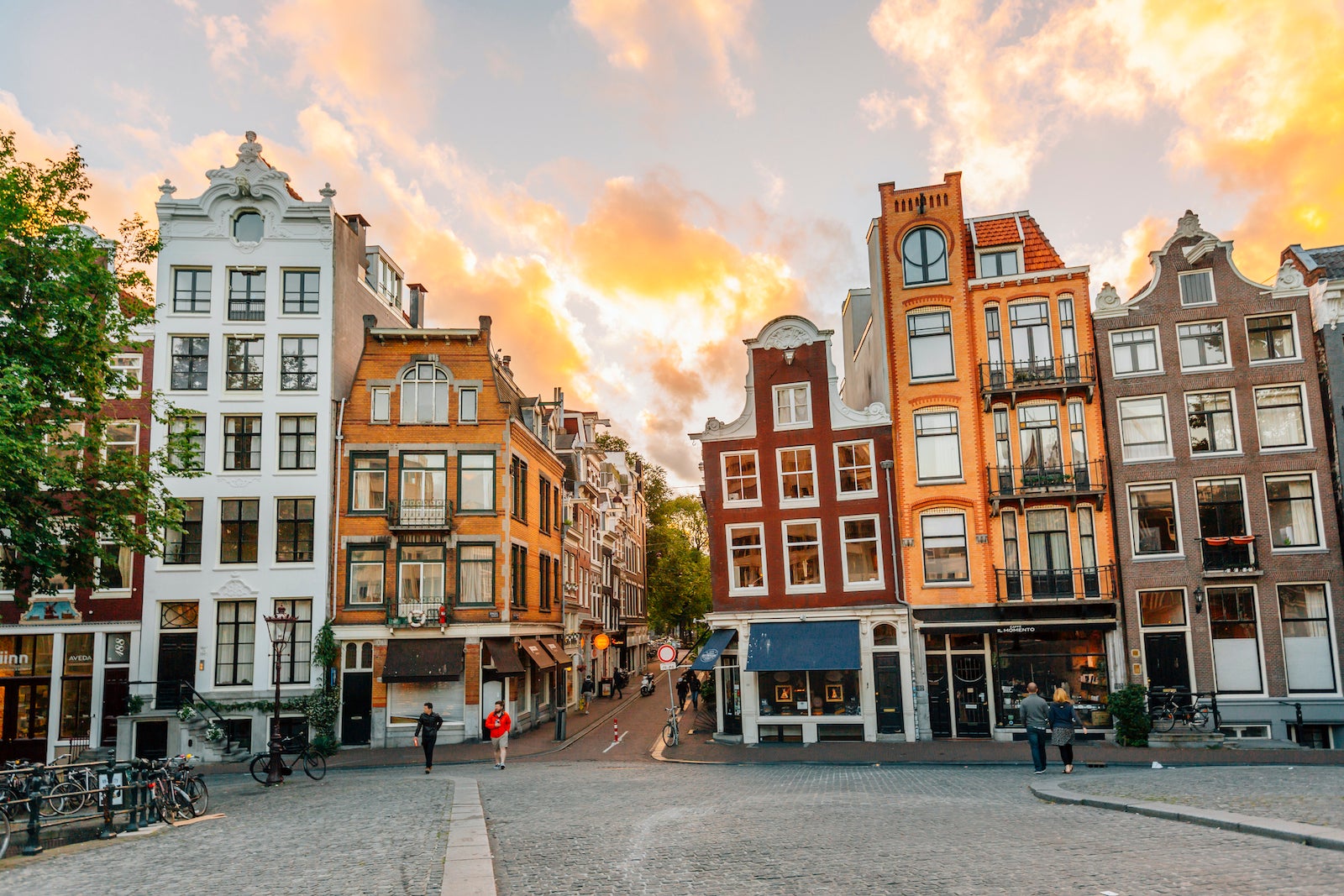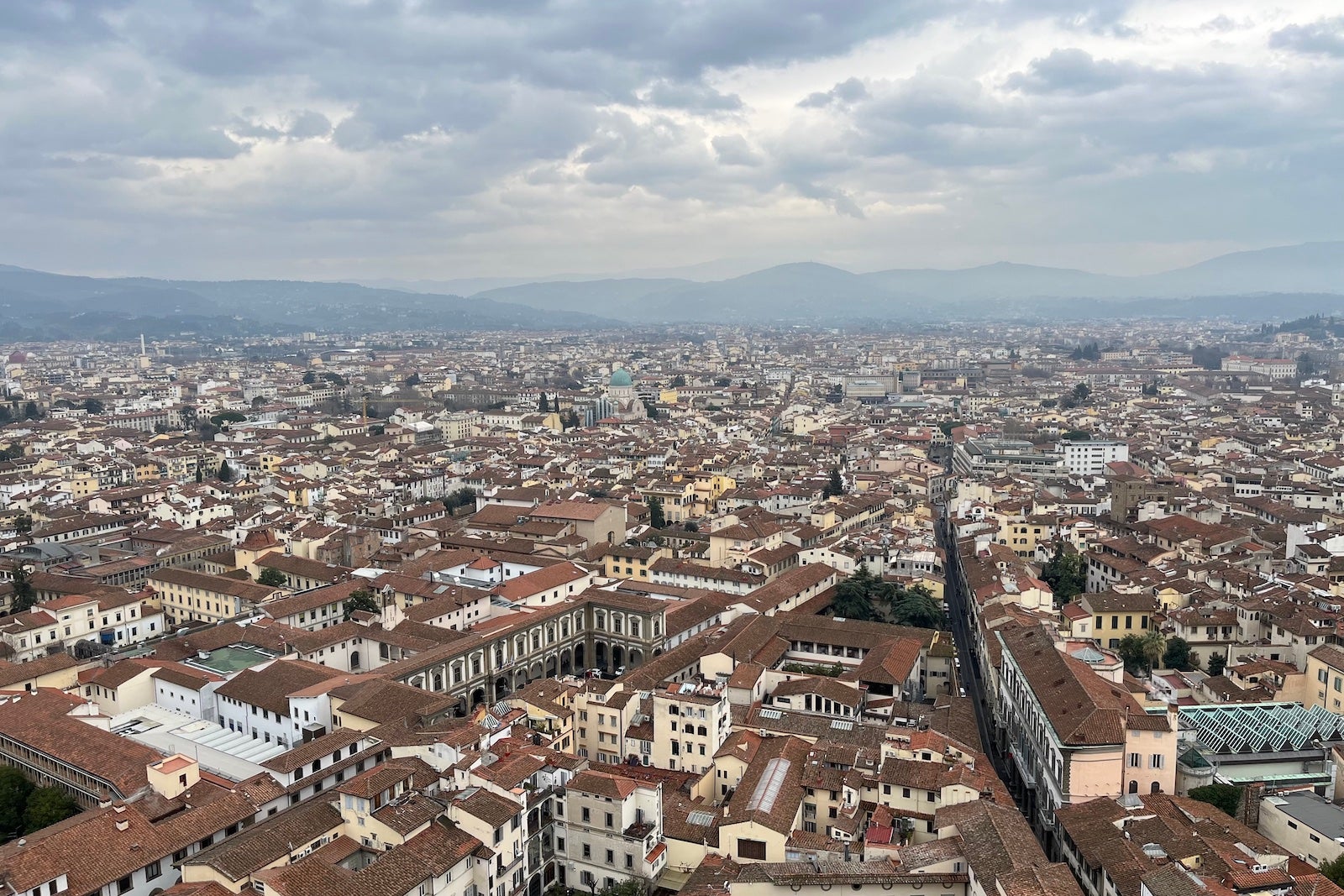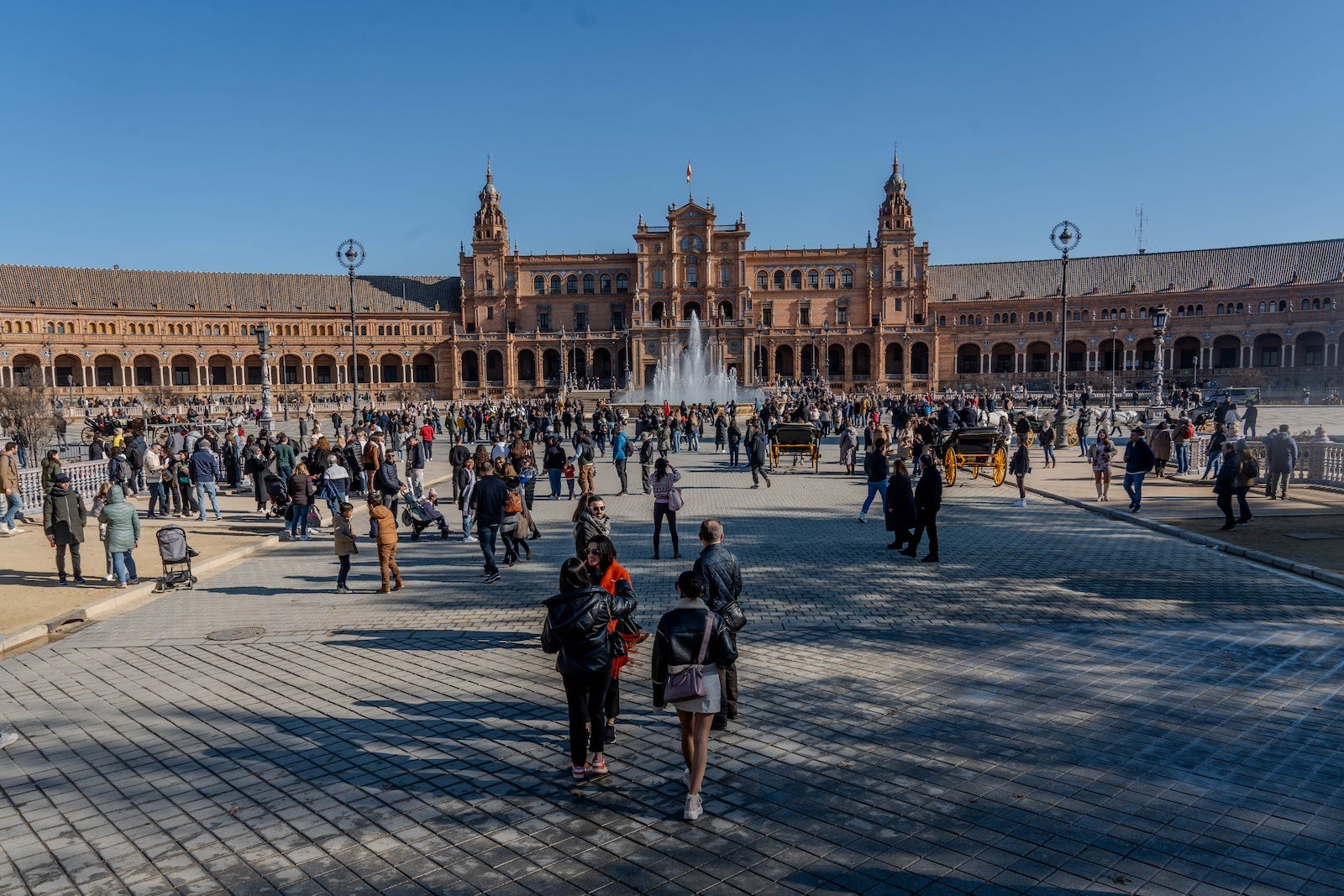Editor’s note: This post was updated with new information.
As you budget for a trip, the list of expenses to consider is long. Sure, there are the big-ticket costs, such as airfare, lodging, theme park tickets and car rentals. But, as every traveler knows, that’s often just the beginning. Airline fees, resort charges, food, souvenirs, highway tolls and other extras drive up the overall cost of a trip.
Increasingly, travelers have also had to consider another extra: tourism taxes.
Barcelona recently made headlines after announcing it would hike its tourism tax for the second time in four years. Originally implemented in the early 2010s to combat overtourism, the city’s tax on visitors varies based on whether you’re staying in a hotel, opting for an ultra-high-end hotel, renting a vacation rental through a platform like Airbnb or visiting as a cruise passenger.
Barcelona isn’t alone.
This spring, the ever-popular destination of Venice, Italy, is deploying its long-discussed tourist tax. It’s charging daytrippers 5 euros ($5.43) on certain peak days.

Depending on the destination, you may find tourism taxes or similar fees tacked onto your hotel bill or charged upon arrival across many destinations worldwide.
Sure, they’re typically not large enough to make you consider altering your travel plans. However, they are another line to add to your trip budget, whether you’re heading to a hotel in the U.S. or abroad to places like Manchester, England; Barcelona; the Balearic Islands in Spain; and New Zealand.
More places may start charging them soon.
Passing costs on to tourists
Governments have long sought to pass costs onto tourists in some form or another.
The amount you pay for most hotel rooms in the U.S. usually includes an additional tax beyond what you’d pay for a purchase at a retailer.
In 2022, while on assignment for TPG in New York, I saw a $38 charge for various city and state taxes (totaling 17% of the rate) on top of my $219 room rate at the Moxy NYC Times Square. That was in addition to the hotel’s $30 destination fee.

You’ll find this setup all over the world … and it has been around for years.
The city of Amsterdam, for instance, charges a 7% fee on hotel rooms, along with 3 euros ($3.26) per person, per night.

In Paris, how much you pay in room tax depends, more or less, on how nice the hotel is. The fees top out at around $4 per night for a luxury hotel or similar accommodations; it may be something to keep in mind as you plan a trip to Paris for the 2024 Olympics this summer.
Last year, Manchester became the first city in the United Kingdom to charge a tourism tax; visitors staying in city center hotels or at rental properties pay 1 British pound ($1.22) per night.
Extra charges beyond hotels
In recent years, tourist payments have grown to not only include taxes on airfare and hotel stays, but also stand-alone fees for merely visiting the destination itself.
Bhutan may be the most notable example. The country typically charges a flat rate of $200 or more per day. You get a lot for your money, though: The fee includes decent lodging, meals, ground transportation, camping equipment and a tour guide.
However, it’s worth noting Bhutan will be offering a temporary (though long-lasting) 50% discount on the fee over the next few years. Late last summer, the government revealed tourists will be charged $100 per day through Aug. 31, 2027, to incentivize travel, according to the country’s tourism authority.
Even considering that discount, most tourist fees are considerably smaller than Bhutan’s. For example, visitors from most countries pay about $24 upon entering New Zealand as part of its International Visitor Conservation and Tourism Levy.
Still, when you plan a trip, the costs can add up; these extra taxes and fees are increasingly expenses for which you’ll want to account.

Why are so many places adding tourism taxes?
There are various reasons why cities, regions and countries are adding these taxes and fees.
Infrastructure is a big part of the reason in some places. Tourists strain the environment, from creating trash to using city services, riding public transportation and crowding streets in popular destinations.
In Wales, the government is considering allowing nightly visitor levies of between 0.5 and 5 pounds (61 cents to $6.10) per night; officials say any taxes “will generate revenue to support investment in the tourism industry.”
In 2022, New Zealand’s tourism minister hinted that increases to the country’s tourism tax may come after noting pre-coronavirus pandemic tourism levels were “unsustainable.” This is the same word a 2019 Cornell University report used about the “extremely rapid growth” of tourism in Southeast Asia.

Elsewhere, the motivation has much to do with the impacts of climate change.
Hawaii tourism tax talks revived
In his State of the State address in February, Hawaii Gov. Josh Green proposed a $25 fee on visitors when they arrive and check into a hotel or short-term rental. The proposal came after past years’ discussions of tourism taxes in the highly visited state — including a proposal that stalled in the state’s legislature last year.
Calling it a “modest fee” that pales in comparison to other resort fees charged to visitors, Green said the levy would generate more than $68 million annually from visitors. He said the state would invest this money into beach preservation and fire safety and prevention measures to stop another tragedy like last summer’s wildfires in Maui.
“The responsibility to protect Hawaii’s unique natural environment should extend to visitors to our islands,” Green said in his speech. “I believe this is not too much to ask of visitors to our islands.”
Galapagos Islands’ national park entry fees
Similarly, leaders in Ecuador have grown concerned about the effects of increased tourism in the Galapagos Islands.
Starting later this year, entry fees for most visitors to Galapagos National Park will double.
As of Aug. 1, visitors who live outside South America will have to pay $200 (instead of $100) to enter the park, according to the nonprofit Galapagos Conservation Trust; reduced fees will be available for children 12 and under, and entry will be free for children younger than 2.
The move comes following “worrying growth” in the number of visitors.
“This is pushing waste management systems to the limit, exacerbating water and food insecurity, and increasing the threat of devastating invasive species being introduced to the islands,” the organization said in a statement, noting it’s the park’s first fee increase since 1998.
Concerns growing about preserving iconic sites
A 2022 report from the World Travel & Tourism Council — published just as travel began to bounce back from the pandemic — stressed the importance of a “renewed commitment and interest” from travelers “to preserving our planet and the people and communities who are a part of it.”
In Venice, leaders have pointed to massive tourist numbers in recent years as underscoring the need for the upcoming changes as the Italian city contends with its place on UNESCO’s list of endangered World Heritage Sites.

“The goal is to find a new balance between the rights of those who live and work in Venice and those who intend to visit the city,” Gabriele Vattolo, the city’s press secretary, said in a statement to TPG.
Similarly, in the Spanish city of Seville, leaders recently unveiled plans to charge nonresident visitors an entry fee to the famed Plaza de Espana — an iconic, nearly century-old landmark known for its rich history and cinematic appearance in the “Star Wars” saga.

“With the city council’s budget alone we cannot preserve our heritage, nor guarantee the safety of the monument,” Seville Mayor José Luis Sanz wrote in a Feb. 26 post (translated from Spanish) on X.
In the post, Sanz shared a video that showed dense crowds in Plaza de Espana, with street vendors, trash, and wear and tear to the landmark.
Os invito a que veáis este vídeo: así está la Plaza de España a esta hora. 📹
🤝Me gusta el debate, pero sin demagogias:
👉🏻No se va a cerrar ni privatizar nada: sólo vamos a cobrar una tasa a los turistas, como se hace en la mayoría de las ciudades del mundo.
✅Los sevillanos… pic.twitter.com/DEBliz5IrD
— José Luis Sanz (@jlsanzalcalde) February 26, 2024
Bottom line
Out-of-town guests have long been asked to support the communities they’re visiting in the form of taxes added to nightly hotel bills.
As travel has surged over the last two years in the wake of the pandemic, it seems cities — and, indeed, countries — are increasingly looking to have visitors help pay for the costs (both financial and environmental) that tourism incurs.
With that in mind, you’ll want to factor these added costs into your next trip budget on top of the pricier expenses you’re already considering, such as airfare and the advertised hotel rate.
As always, if paying these tourism fees with a credit card is an option (and won’t cost you more in processing fees), select the card in your wallet that doesn’t have foreign transaction fees and earns you the most rewards on everyday expenses. This will be your best bet to get something back for your purchase.
Related reading:
- Key travel tips you need to know — whether you’re a first-time or frequent traveler
- Best travel credit cards
- Where to go in 2024: The 16 best places to travel
- 6 real-life strategies you can use when your flight is canceled or delayed
- 8 of the best credit cards for general travel purchases
- 13 must-have items the TPG team can’t travel without




